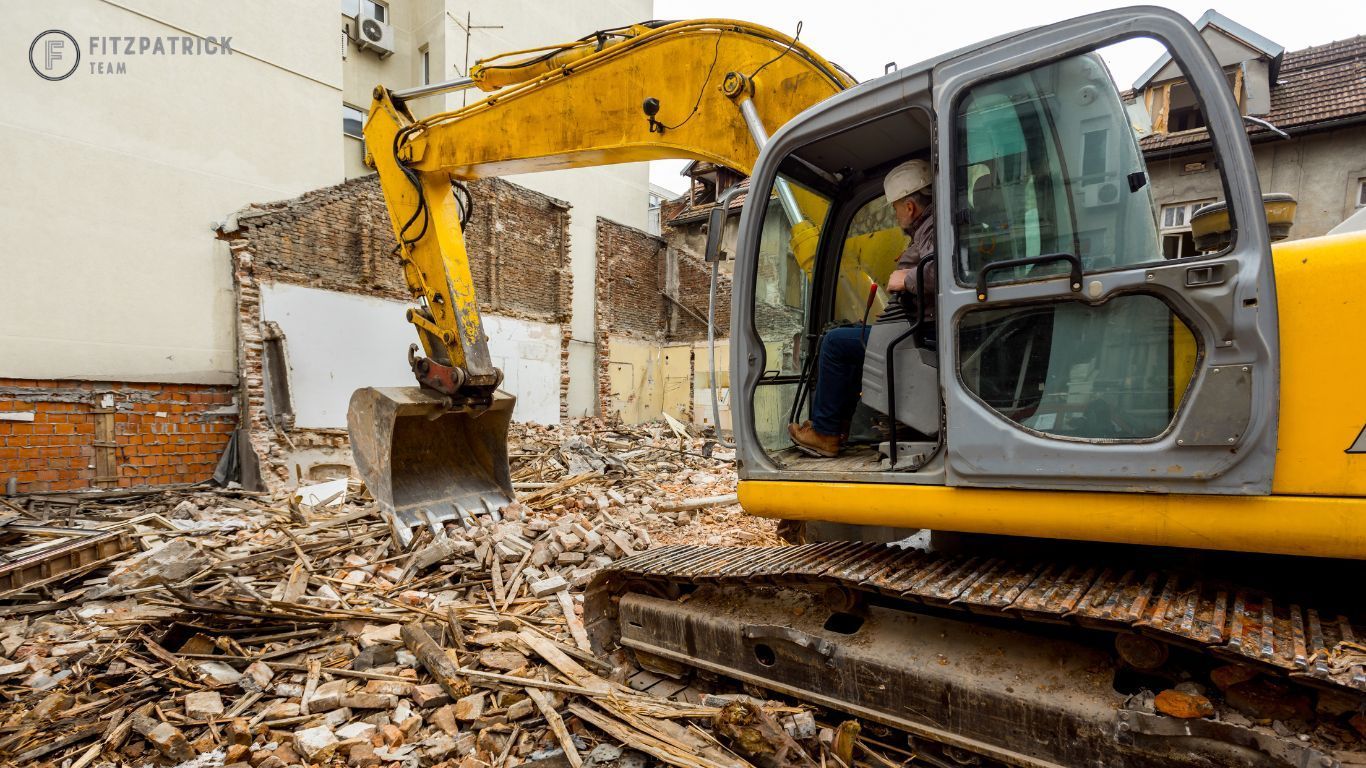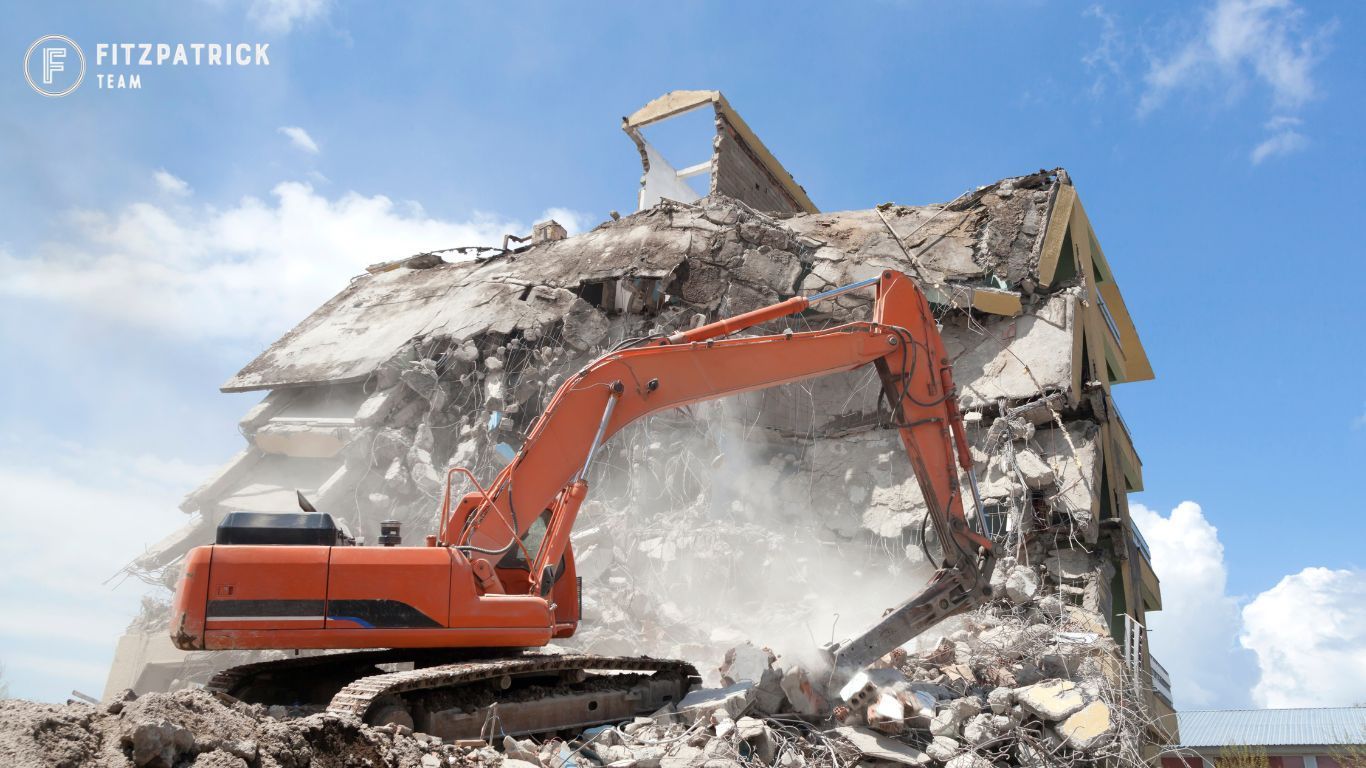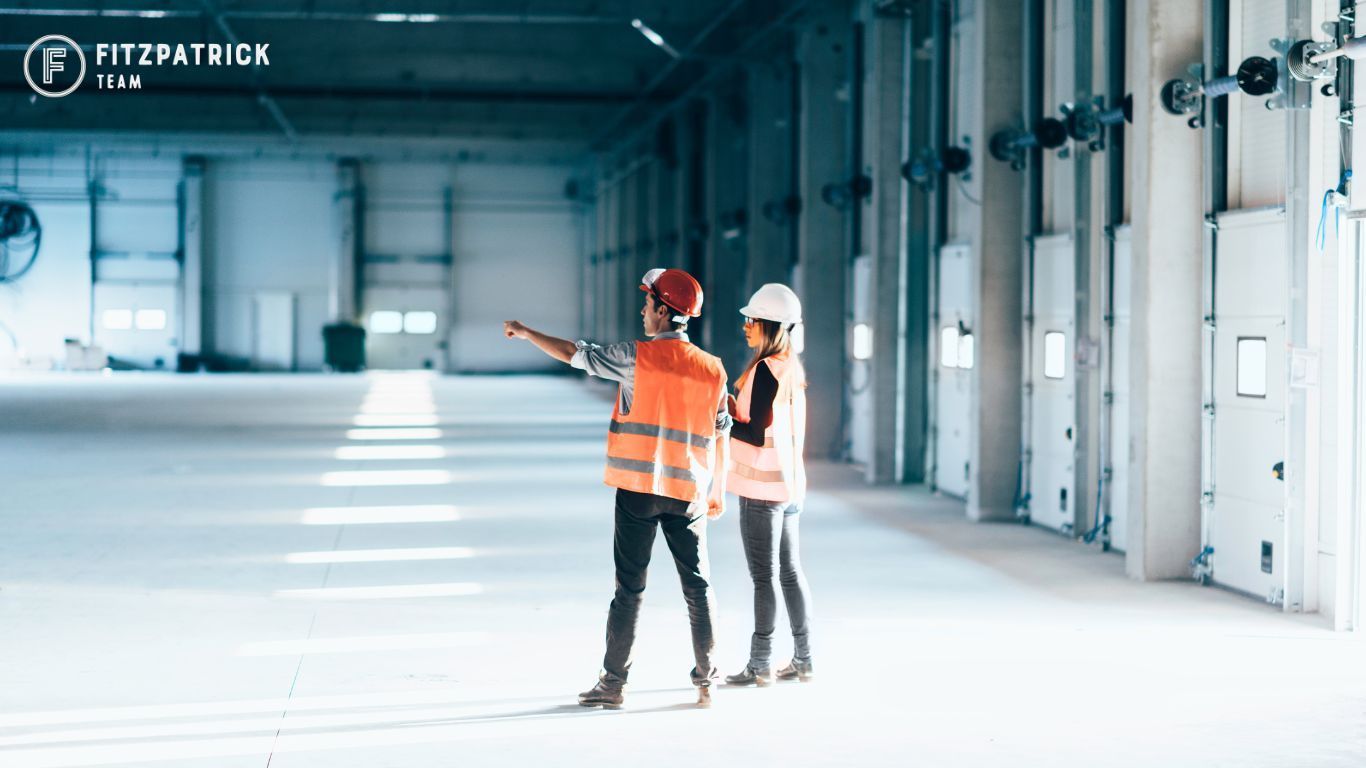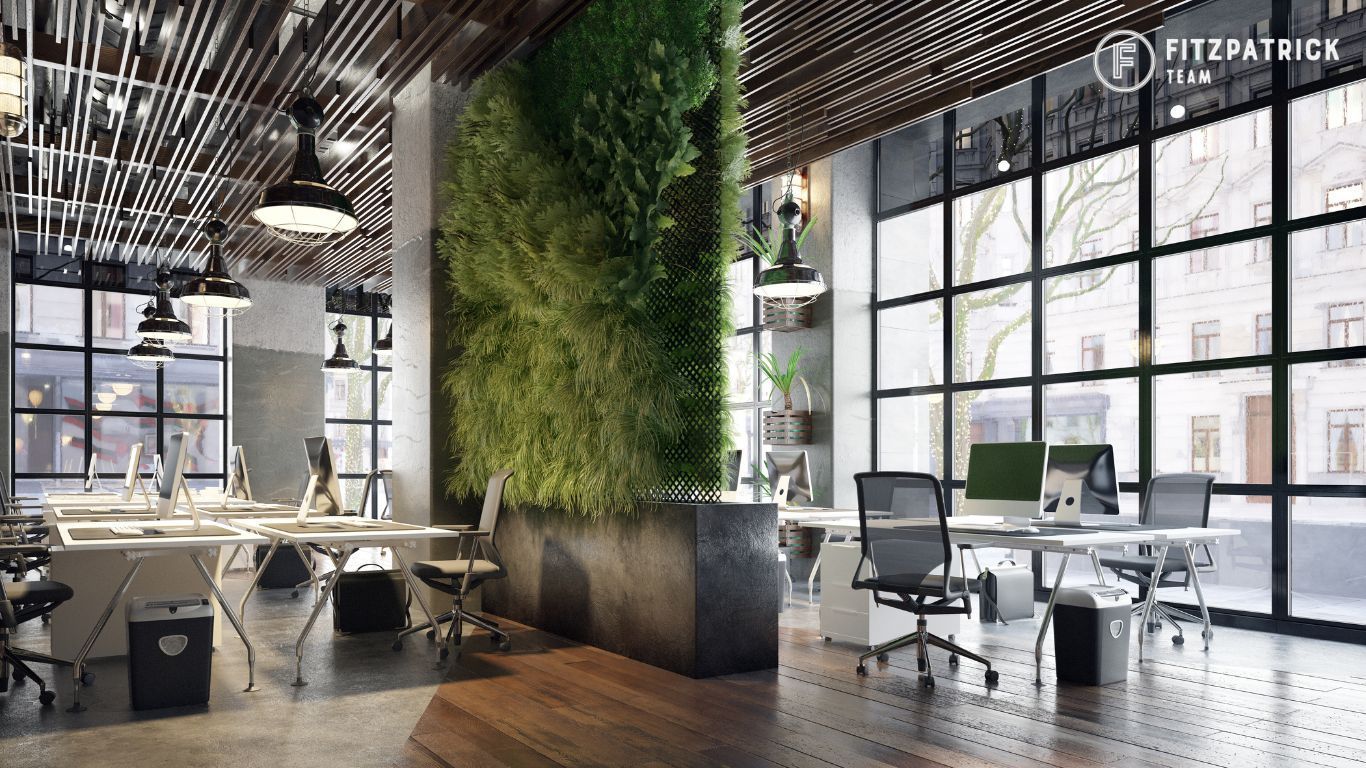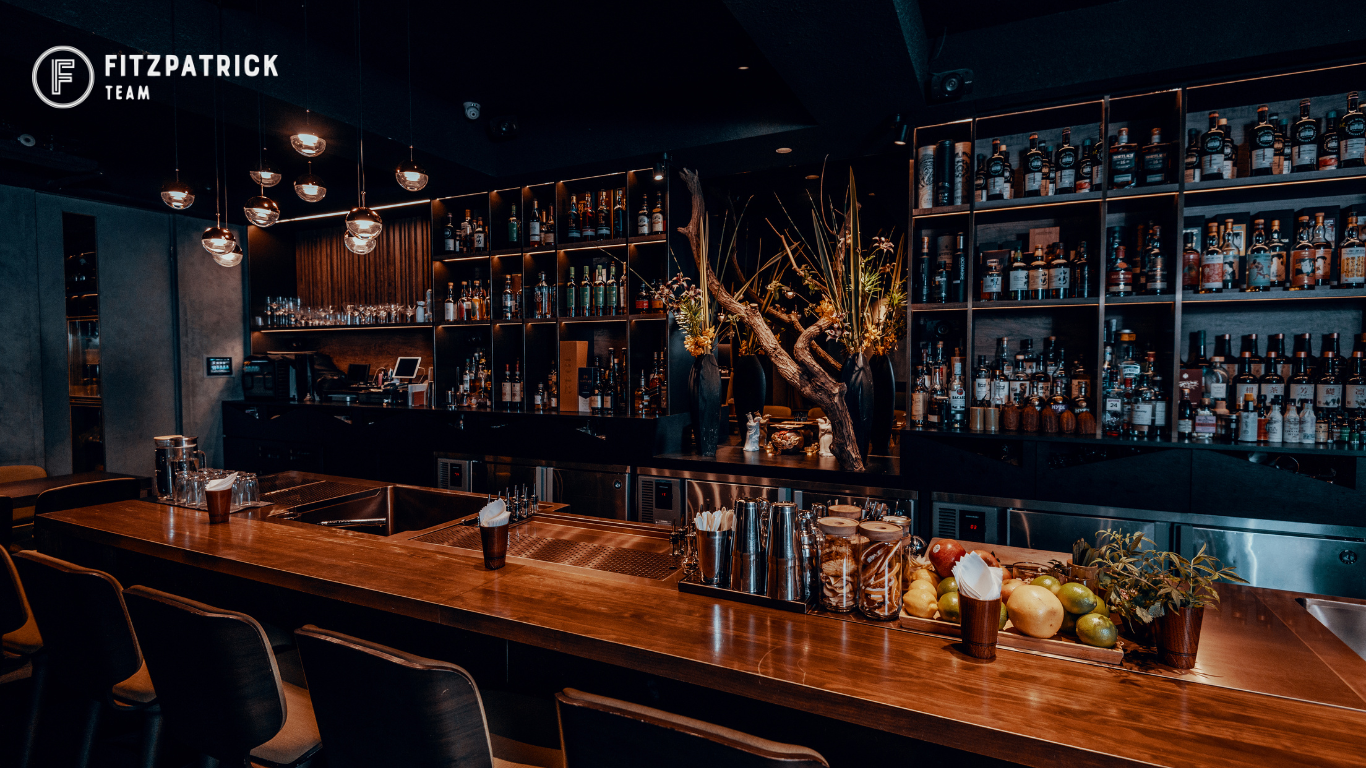Which Outdoor Lights will you select for a Commercial Building?
As with every design decision you should carefully consider and select the ‘right’ external light fitting for style and function. Be clear on the power and the illumination provided and which areas you wish to light up and for what time periods.
A further consideration is the affect you will have on the wildlife around you.
Artificial lighting is a problem for many occupants of the natural world, as the night sky is illuminated by street lights, internal house lights, dawn to dusk security lights, motion sensor lights, car lights and other lights.
Bug Friendly.
Yellow/Orange/Warm hue LED lights are shown by research to be most moth and bug friendly. These are even better than some light fittings advertised as serving this purpose and LED lighting consumes significantly less energy.
Which External Light Fitting?
The ecological light fitting will not shine light where it is not needed. It will be LED to minimise attraction to bugs and moths and will have a mirror surface directing the glare downwards and not sideways or upwards. The reduced glare will increase vision of the surrounding areas and increase people’s awareness of what is happening outside of the lit zone.
Navigation – can people access your premises without outdoor lights? If they can, do you need external lighting? and if they cannot, what level of lighting will they need and where will the light points be positioned? Pathways may need to be lit up for illumination of the walkway. By having a light-coloured crushed stone rather than a black concrete or tarmac you will benefit from surface reflection, increasing visibility and reducing the number of light fittings.
Instead of lighting up above head height and inadvertently lighting the surrounding area, consider installing low-voltage bollard lighting. This will help wildlife who are in the surrounding areas. In the entrance way, in a bid to reduce light fittings, fix reflective signs to objects vehicles should avoid hitting.
Safety – can you or your visitors enter your premises safely? This is worth considering as many believe movement detector lighting does little to address safety. Switching off a light reduces the ecological impact of light pollution.
Security – If employees or visitors are not there, should the lights be switched off or left on? Does night lighting reduce crime? There is little evidence to support this commonly held perception. Rather than improved visibility discouraging criminals and vandals, they suggest that the increased light helps this type of activity as the perpetrators have illumination to carry out their work!
Aesthetics – lighting up a building or elevation can look pleasing, while lighting for say, a water feature can be switched on for the early part of the dusk to impress.
Hospitality – you can plan areas to be lit so that you and your customers can enjoy a garden or patio area after sunset. This can be designed to function when needed and switched off when not.
By all means have outdoor lighting for the above reasons, just design your lighting to work well as part of your overall design and ensure it is bug friendly and does not pollute the heavens.
Fitzpatrick Team are well versed in external lighting and heating, give Mark a call to discuss your project.

Fitzpatrick Team delivers seamless construction and demolition services in Melbourne, ensuring a first class project is delivered every time.
Services
Information
We acknowledge the Bunurong/Boonwurrung people, the traditional custodians of these lands and waters. We pay our deepest respects to elders part, present and emerging.
© 2024 All Rights Reserved | Fitzpatrick Team Developments | Website by
Octopus Digital


